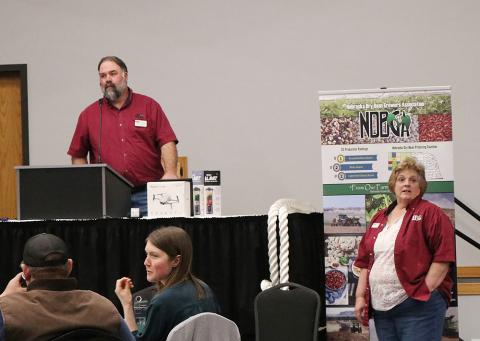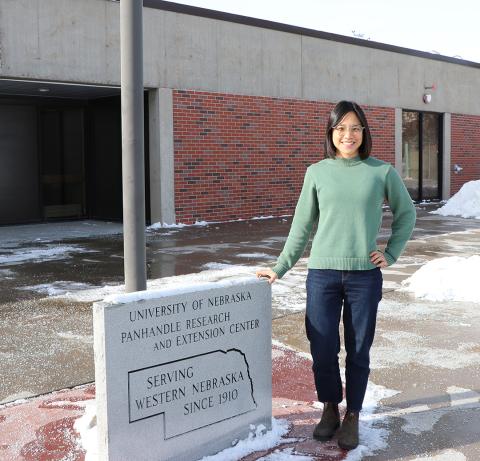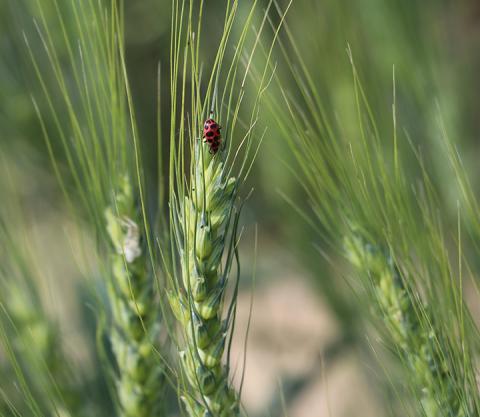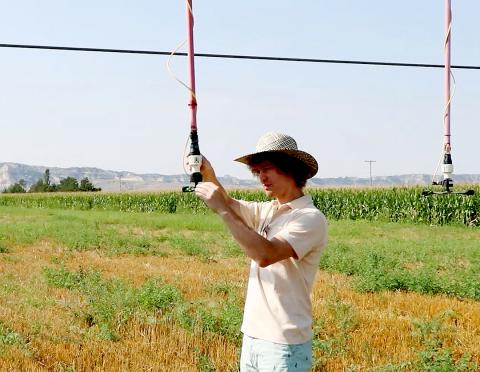Zuppa Selected to Receive Sustainable Agriculture Grant from NCR-SARE
March 15, 2024
The award recognizes and will help fund Zuppa's research project on wheat stem sawfly, with primary focus on how the insect affects winter wheat residue, soil-water storage, soil health, and crop yield in dryland cropping systems.
Bean Day Brings Pertinent Information to Growers
February 29, 2024
Attendees of the recent event heard from the Nebraska Department of Ag about ongoing initiatives to expand the dry bean export market, and learned more about the 2024 weather outlook.
Entomologist Leaves Humid Climates Behind for Semi-arid Plains
February 1, 2024
Dr. Pin-Chu Lai joined the university's faculty in January as the Panhandle Research, Extension and Education Center's new entomologist and Nebraska Extension specialist.
Nebraska Dry Bean Day Scheduled for February
January 30, 2024
Register by Feb. 9 to attend the 2024 Nebraska Dry Bean Day, featuring presentations on Nebraska Extension research, ag industry updates, weather impacts on dry bean production this growing season, and more.
Wheat Shows Good Promise Going Into Winter
November 30, 2023
A mild fall and favorable planting conditions set the scene for good winter wheat emergence in the Panhandle, but weather prospects from the latest winter forecast could complicate the crop's long-term outlook.
UNL, Nebraska Company Collaborate on New Valve for Pivot Irrigation
November 2, 2023
A new pivot valve, created by KZValve of Greenwood, Nebraska, has self-power generating capabilities that could potentially be used in partial variable rate irrigation.
Bean Breeders Scout Fields for Desirable Bean Genetics
September 28, 2023
The best dry bean plants in the Nebraska Panhandle will soon be sent to researchers across the world as part of an ongoing international collaboration on cross-breeding.

Unveiling of Historic Knorr-Holden Plot Signboard
September 20, 2023
UNL faculty members recently celebrated the Knorr-Holden Plot's century-long historical value to agricultural research. Located near Scottsbluff, Knorr-Holden is one of the top five-oldest continuous field-crop experiments in the U.S.






